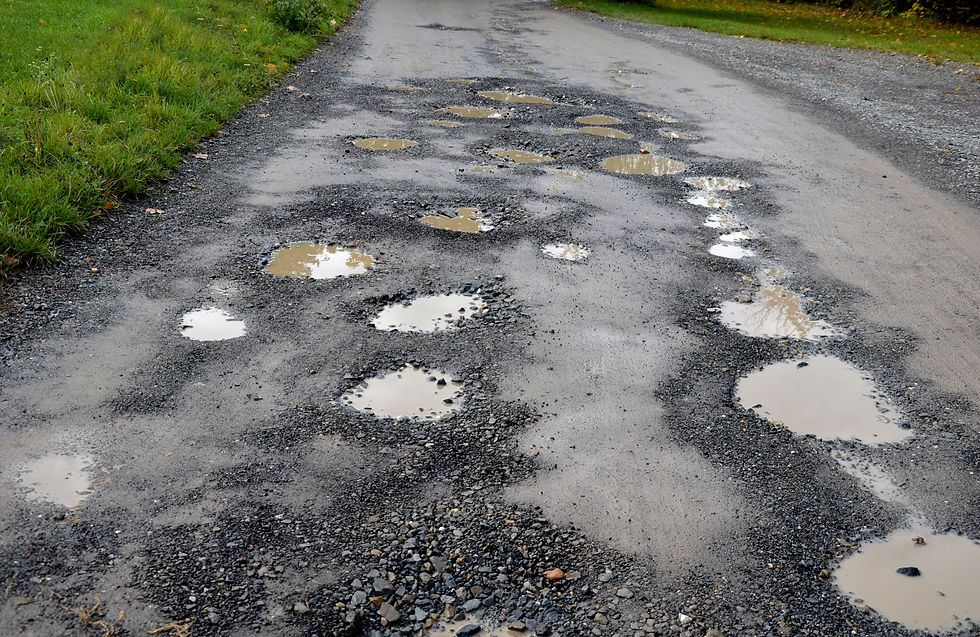
Monday saw the launch of the first ever National Pothole Prevention Week, a new campaign from the Road Surface Treatment Association (RSTA). Running from 16th to 20th September, the aim of the week is to raise awareness of ways to treat road surfaces, prolonging their life and preventing potholes from forming.
Over the course of the week, the RSTA will be highlighting several measures that local authority highways departments can deploy to keep their roads in better condition for longer, including surface dressing, asphalt preservation, asphalt rejuvenation and micro-asphalt.
“The application of surface treatments through a preventative maintenance strategy supports a positive asset management approach to road maintenance, and can offer significant cashable savings, whilst also delivering a lower carbon approach, assisting local authorities in meeting their carbon reduction targets,” said Mike Hansford, chief executive of the RSTA.
Local authorities who want to understand just how much carbon surface treatments can save can consult Carbon Emissions for road surface and other maintenance treatments for asset management purposes. Produced last year by the RSTA, this guide gives embodied carbon emission figures for a range of treatments (link below).
According to the RSTA, some councils are not even aware of surface treatments, believing that traditional resurfacing – where the top layer of a road is removed and replaced with a new one - is the only option open to them. The use of surface treatments has been in decline in the UK, with a 44% reduction in their deployment in the 10 years up to 2022, says the RSTA.
Applying surface treatments, when there are only tiny cracks in a road, seals up those cracks to prevent them getting wider which can eventually lead to potholes forming. It also improves friction and adds an extra layer of protection. This can extend the life of a road by between 10 and 15 years, according to the RSTA.
Indicative figures published by the RSTA last year showed that it costs £5 per square metre to surface dress a heavily trafficked A or B road compared to £30 per square metre for conventional asphalt resurfacing. And from a whole-life perspective, regular surface treatment can save two-thirds of the cost on a 60-year life cycle for heavily trafficked roads and 90 years for lightly trafficked roads, says the RTSA.
Councils can visit the National Pothole Prevention Week website to read a series of case studies that show how other local authorities have used surface treatments.
The RSTA will also be providing information on in-situ recycling during the week. This certainly isn’t a surface treatment, as it involves churning up the lower courses of a road and mixing them with cement or bitumen binder to create a strong subbase. However, it does lead to significantly less waste, reduced time and cost and lower carbon emissions compared to traditional methods.
------------------------------------------------------------------------------------------------------
Thermal Road Repairs: Decarbonising the asphalt repair industry
High output. Low emission. Zero waste. Permanent solution.
------------------------------------------------------------------------------------------------------
Sources:
